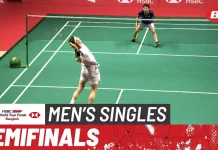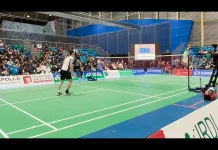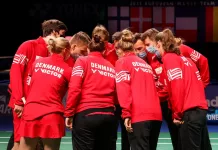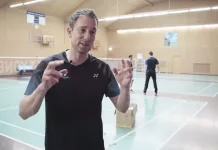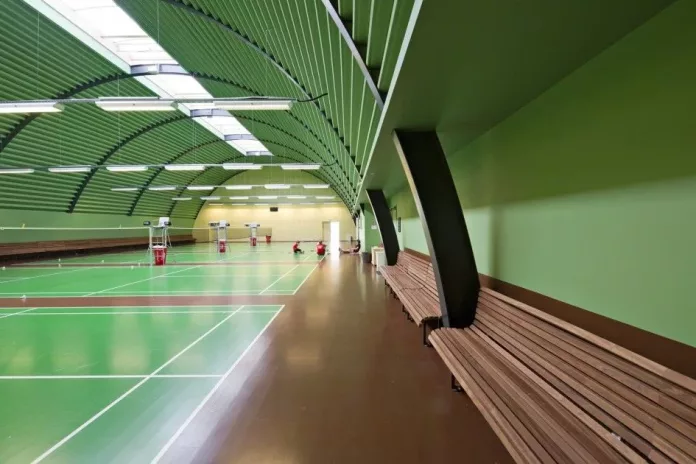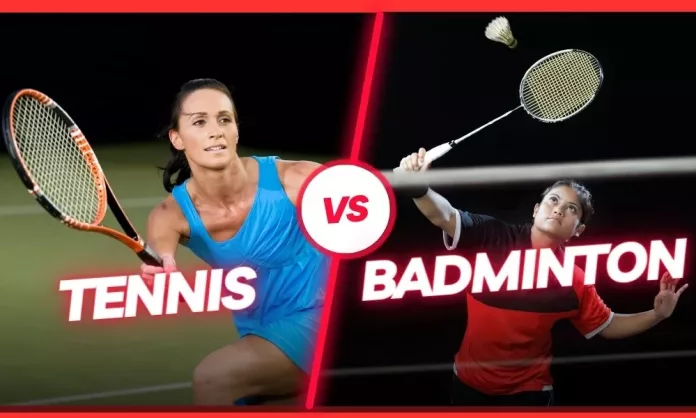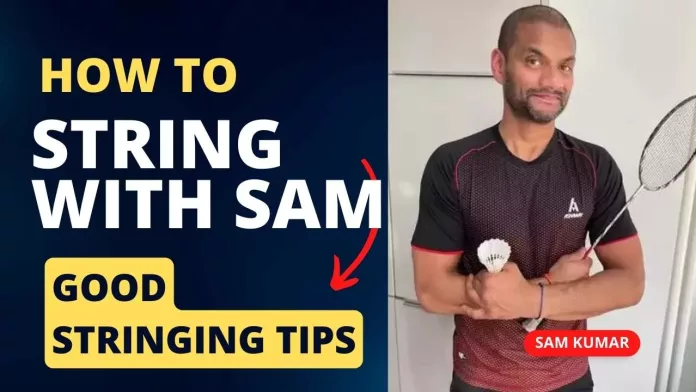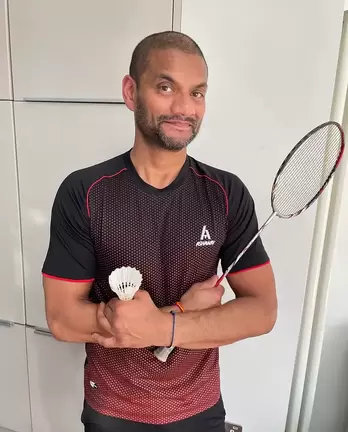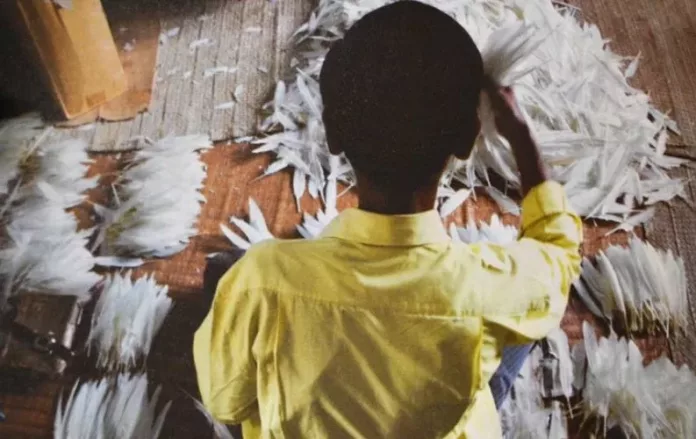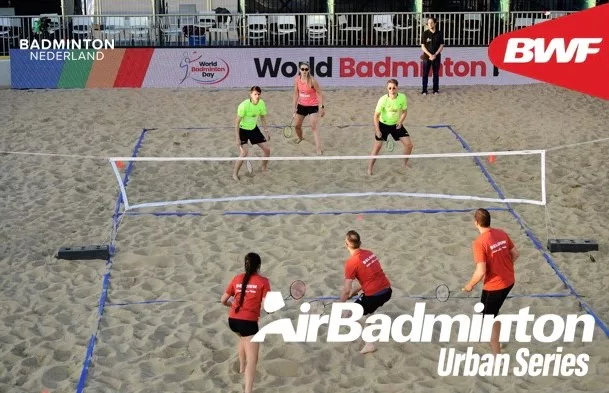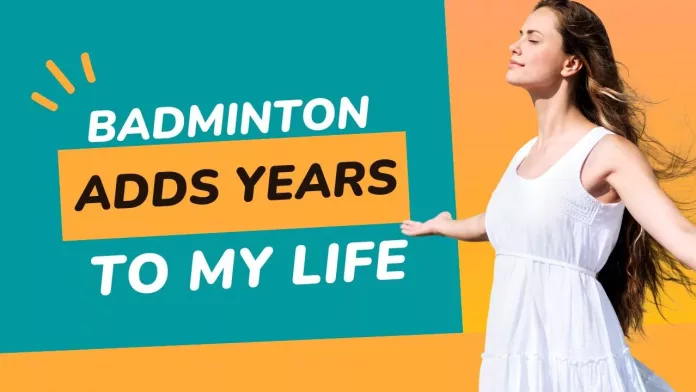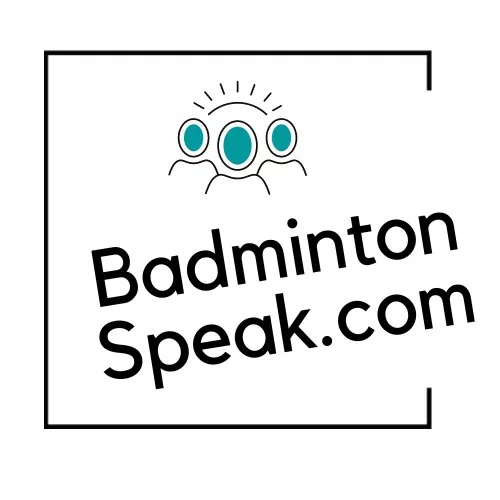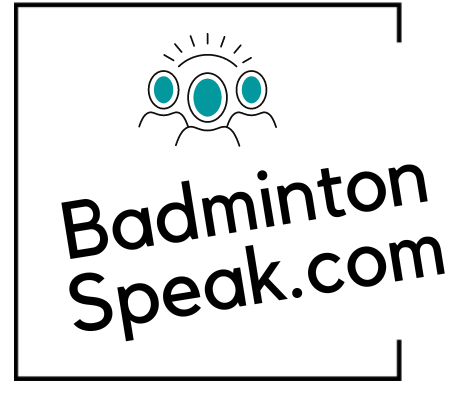Are you looking to rent a badminton court in Copenhagen? There are more than 30 pay-and-play locations in the greater Copenhagen area. BadmintonSpeak has tested and selected the best badminton courts for pay and play in Copenhagen and its environs.
Our selection is based on criteria such as court acoustics, cleanliness of the hall, accessibility, parking facilities, and hourly cost of court rental. Players have different preferences. Ours is to play in a hall created specifically for badminton, which is the case for all the badminton halls mentioned here.
Best badminton courts to rent in Copenhagen
Gentofte Badminton Club (GBK), Gentofte (9 courts) perfect for pay and play badminton
Gentofte Badminton Klub is one of the oldest clubs in Denmark. The building is from 1936, which shows, but it has a certain charm. Book the exhibition court (court 5) for a unique experience. The badminton halls get really warm in the summer and tend to be quite cold in the winter months. Kudos to this club for keeping the pay-and-play price at a very reasonable level.
| Number of courts | 9 courts |
| Kilometers from Kongens Nytorv, Copenhagen | 11 km |
| Acoustics and quality of surface | **** |
| Parking and accessibility | **** |
| Nearest train or metro station | Gentofte, 950 meters |
| Shower facilities | ***** (Sauna) |
| Restaurant/café | Not open for business |
| Overall score | ***** |
| Booking at WannaSport (link) | DKK 105 (28 May 2023) |
Charlottenlund Badminton Club (5 courts) – the least crowded badminton hall
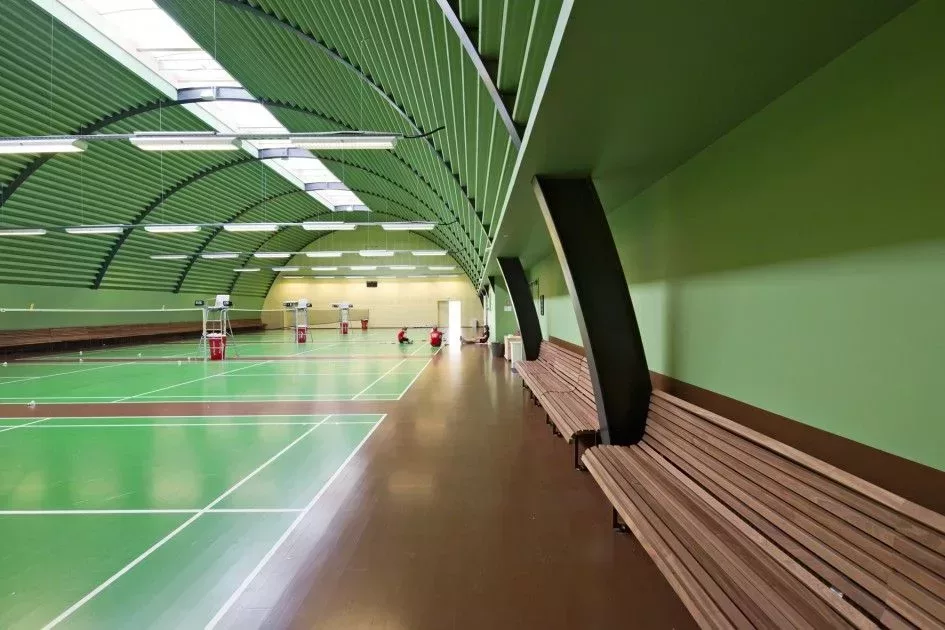

Charlottenlund Badminton Klub is also one of the oldest clubs in Denmark. The original building is from 1934 and was designed by Arne Jacobsen. The hall does get quite warm in the summer months.
| Number of courts | 5 courts |
| Kilometers from Kongens Nytorv, Copenhagen | 9 km |
| Acoustics and quality of surface | ***** |
| Parking and accessibility | ***** |
| Nearest train or metro station | Gentofte, 1 km |
| Shower facilities | *** |
| Restaurant/café | None |
| Overall score | **** |
| Booking at WannaSport (link) | DKK 150 (28 May 2023) |
Copenhagen Badminton Club (KBK) – closest to central Copenhagen
Founded in 1928, Københavns Badminton Klub is one of the 5 oldest badminton clubs in Denmark. The close proximity to the city of Copenhagen makes it an ideal place to rent a badminton court for an hour or two.
The cleanliness of the badminton hall is second to none.
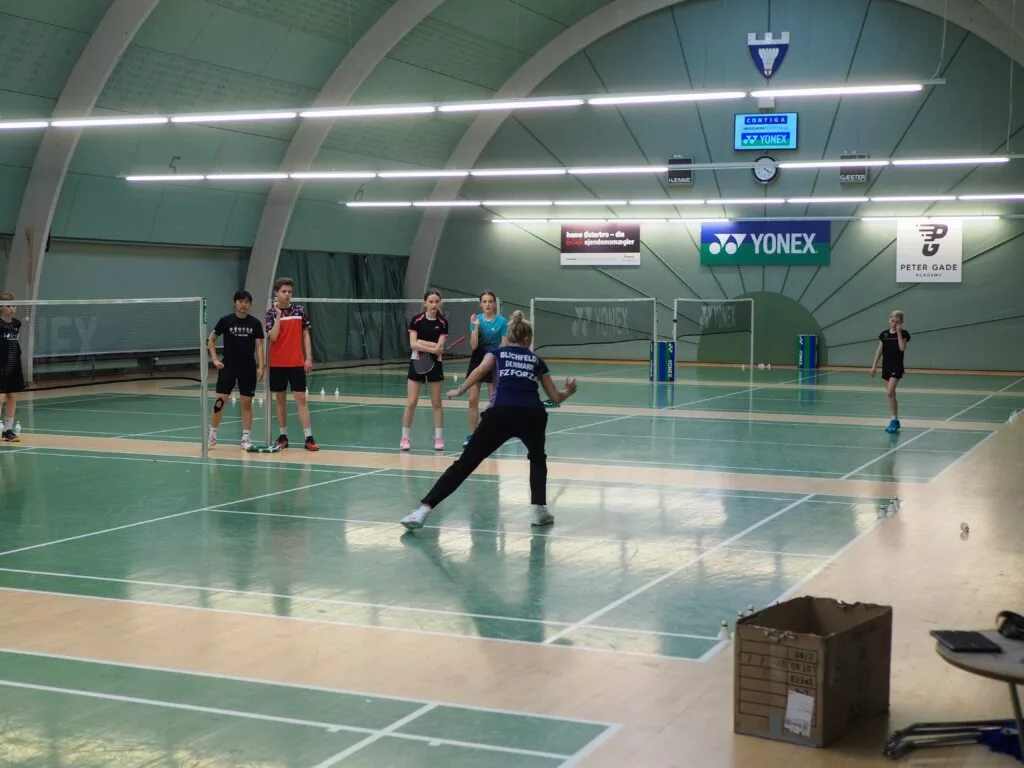

| Number of courts | 6 courts |
| Kilometers from Kongens Nytorv, Copenhagen | 3,5 km |
| Acoustics and quality of surface | ***** |
| Parking and accessibility | ***** |
| Nearest train or metro station | Train & Metro: Nordhavn – 800 meters |
| Shower facilities | **** |
| Restaurant/café | Limited opening hours |
| Overall score | **** |
| Booking at WannaSport (link) | DKK 135 (28 May 2023) |
Kastrup Magleby Badminton (KMB) – 9 courts – one hall is very unique
On the island of Amager and relatively close to Copenhagen Airport (CPH), you’ll find Kastrup Magleby Badminton Club. They offer 9 courts in two halls. In the second hall (pictured) you’ll find three nice badminton courts. This hall might just be the nicest place to hang out before or after a game.
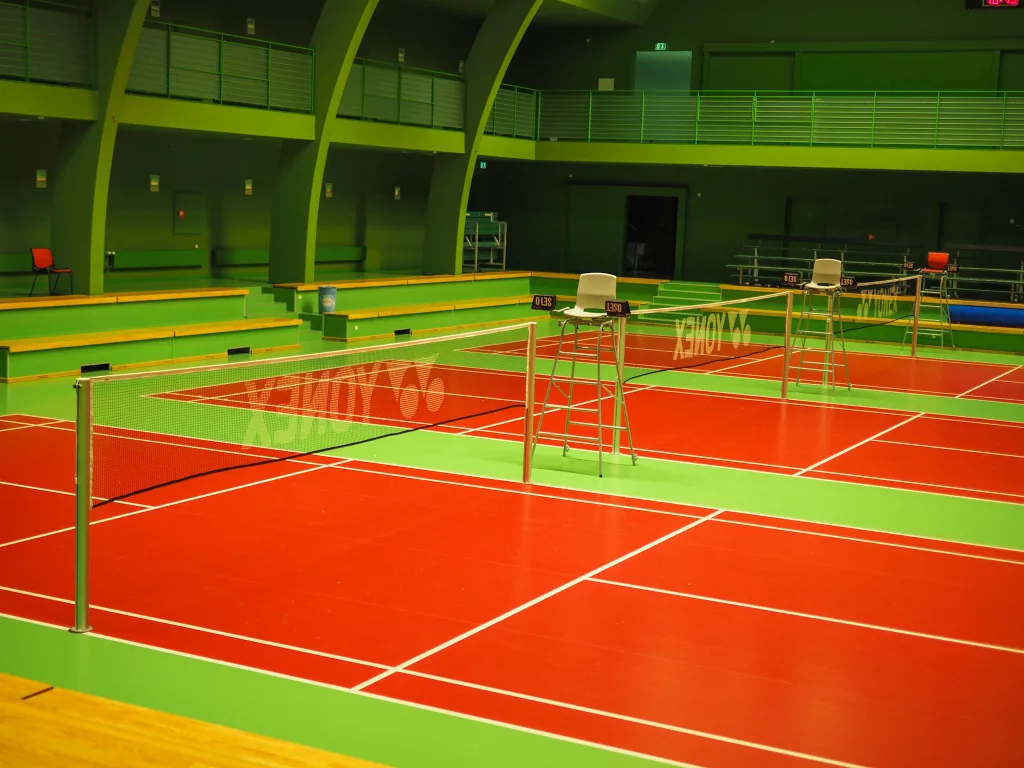

| Number of courts | 8 courts in two halls |
| Kilometers from Kongens Nytorv, Copenhagen | 6,6 km |
| Acoustics and quality of surface | ***** |
| Parking and accessibility | ***** |
| Nearest train or metro station | Train & Metro: Tårnby Station 1,4 km |
| Shower facilities | ***** (Sauna) |
| Restaurant/café | Limited opening hours |
| Overall score | **** |
| Booking at WannaSport (link) | DKK 145 (28 May 2023) |
Frederiksberg badminton courts for rent
The Frederiksberg area of Copenhagen offers many opportunities to play badminton. We are currently testing these badminton courts situated in the Frederiksberg neighborhood
| Hermes Hallen, Frederiksberg | See this hall on WannaSport |
| Mariendals Hallen, Frederiksberg | See this Frederiksberg hall on WannaSPort |
| Frederiksberg Hallerne, Frederiksberg | See this hall on WannaSport |
How to book a badminton court in Copenhagen and the rest of Denmark?
In Copenhagen, there are mainly three ways to book a badminton court on an hourly basis. These are:
– WannaSport – booking engine for badminton and other sports
– Book Byen (English: Book the City) – booking engine for publicly owned/managed badminton courts and other sports
– Directly on club websites
Please note that some courts in the greater Copenhagen area can only be booked through Book Byen.
Wanna Sport also serves the rest of Denmark, however, in provincial Denmark many clubs prefer to receive bookings directly on their website. Frustrating, but true.
What does it cost to rent a pay-and-play badminton court in Copenhagen?
Prices range from DKK 80 to DKK 200 per court per hour. Some facilities use differentiated or dynamic pricing, which means that booking a badminton court in the morning is cheaper than late afternoon, for example.
Remember these simple rules when you rent a badminton court
All of the pay and play badminton courts in Copenhagen (and the rest of Denmark) want you to follow these simple guidelines:
- Don’t wear outdoor shoes on the court
- Bring your own equipment: rackets, shuttlecocks (birdies), and shoes
- Clean up after you are done playing
- Respect the start and end times of your booking
- Arrive early so that you have time to warm up, which will help you prevent injuries
Share your pay and play experience with Badmintonspeak
If you have played on any of the courts mentioned in this article, please share your experience with us. Contact us here






